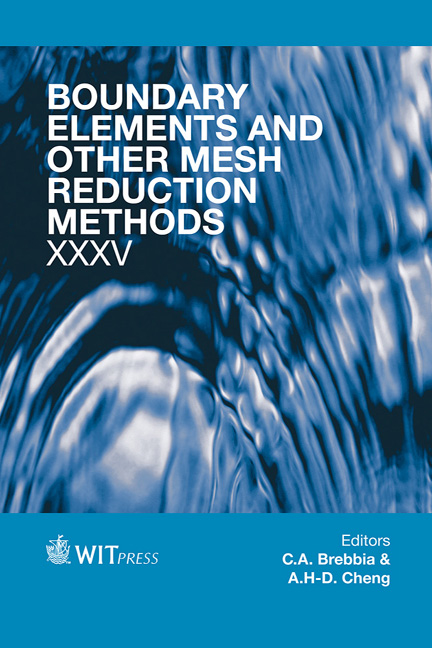Numerical Investigation Of Turbulent Natural Convection In Enclosures
Price
Free (open access)
Transaction
Volume
54
Pages
10
Page Range
1 - 10
Published
2013
Size
866 kb
Paper DOI
10.2495/BEM130011
Copyright
WIT Press
Author(s)
L. Škerget, J. Ravnik & J. Lupše
Abstract
The set of partial differential equations governing the motion of viscous fluid is known as nonlinear Navier–Stokes equations. This equation system is generally considered to be the fundamental description for all laminar as well as turbulent flows. The occurrence of small scale structures in turbulent flows prevents a direct numerical simulation (DNS) of the governingNavier–Stokes equations. Therefore, much attention is paid to large eddy simulation (LES), in which the large scale turbulent structures are captured explicitly by the discretization model, while the effect of the small structures, namely subgrid scales, are modelled with an appropriate subgrid scale turbulent model. In the LES methodology the classical Smagorinsky subgrid scale eddy-viscosity model with Van Driest damping closed to the wall is most widely applied. The paper deals with a LES numerical solver based on the velocity-vorticity formulation of the filtered Navier–Stokes equations. The governing equations are solved with a numerical solution algorithm, which is based on the boundary element method (BEM). The single domain as well as domain decomposition approaches are applied. Keywords: Navier–Stokes equations, boundary element method, turbulence simulation and modelling, 2D DNS and LES numerical investigation, turbulent natural convection in enclosures.
Keywords
Navier–Stokes equations, boundary element method, turbulence simulation and modelling, 2D DNS and LES numerical investigation, turbulent natural convection in enclosures





